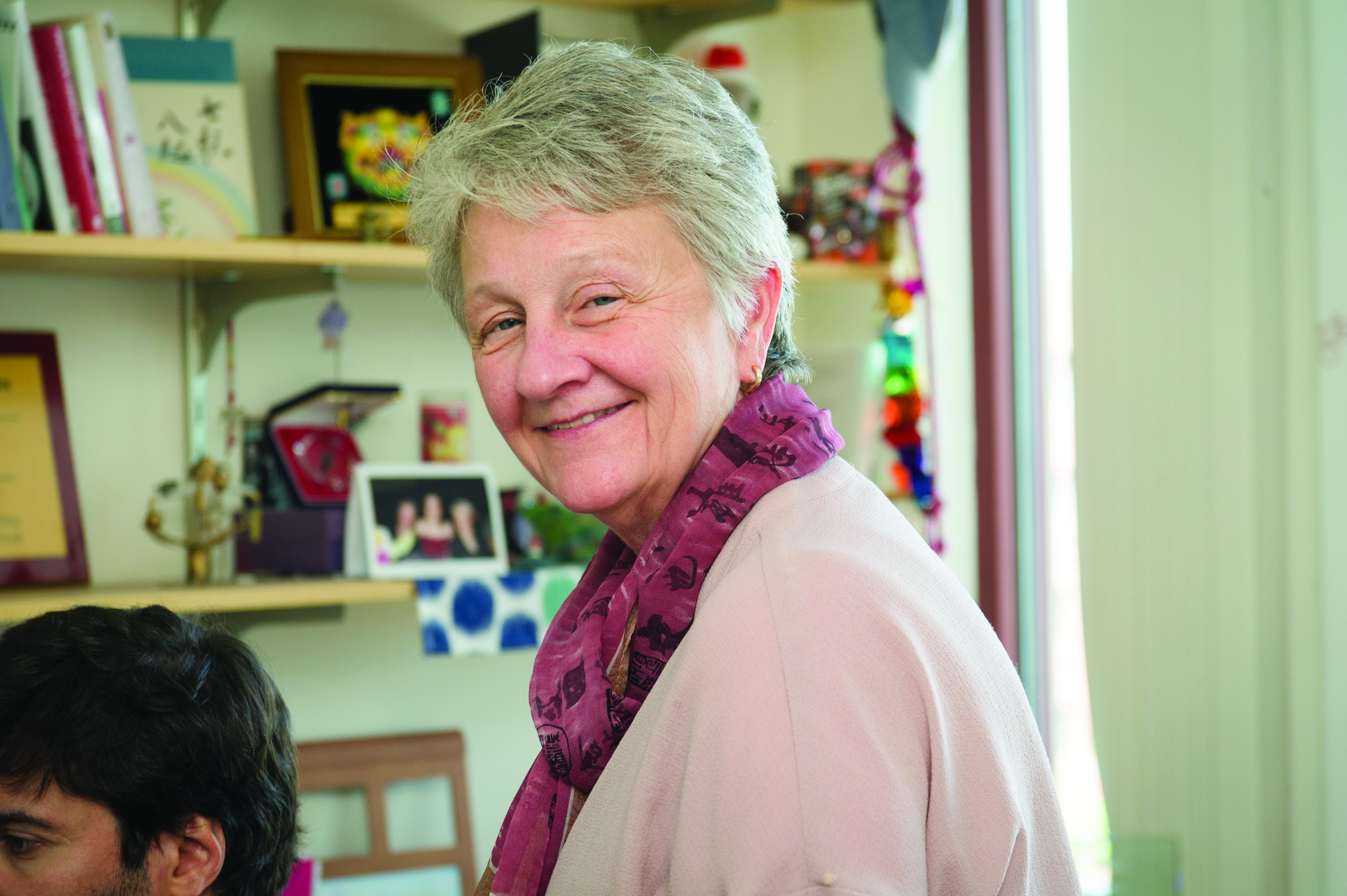
Making a treatment decision for a cancer diagnosis is a very complex and challenging event for patients. This is particularly evident among men with prostate cancer. Because so many treatment options exist, often without a single best therapeutic or medical outcome, many men with prostate cancer may have challenges when making a treatment decision. Most patients rely on their providers to help them better understand their diagnosis, available treatments, impact, and side effects from treatment, but patients will ultimately seek external information to inform their decision-making process.
Making a treatment decision for a cancer diagnosis is a very complex and challenging event for patients. This is particularly evident among men with prostate cancer. Because so many treatment options exist, often without a single best therapeutic or medical outcome, many men with prostate cancer may have challenges when making a treatment decision. Most patients rely on their providers to help them better understand their diagnosis, available treatments, impact, and side effects from treatment, but patients will ultimately seek external information to inform their decision-making process.
Findings from early studies on decision making in the mid-1990s revealed that men with prostate cancer were choosing their treatment based on stories they heard from other people—not their doctors. They would listen to some medical facts, but their decisions mostly involved information from people in their social networks and what they thought was best for someone like them.
In a just-completed study of men with prostate cancer, race and ethnicity made a difference in what men perceived as influential to their decision. It’s an important fact to consider, because minority men may not be getting the same attention to their personal factors as other populations with prostate cancer and could lead to potential disparities. The study also looked at the influence of religion and spirituality on treatment choices in African American and Hispanic male communities.
For ovarian cancers, treatment decisions were influenced by a patient’s age and whether they’d had a child or planned on having children in the future. Older women with ovarian cancer were more concerned with their ability to tolerate aggressive chemotherapy.
Gender differences in patients with bladder cancer affected how family members were involved in patients’ decision making. Women reported that family members often acted as facilitators in their treatment decisions, whereas men reported that family members were often nonsupportive or stressors in the situation.
Homophily, or love of the same, is a psychosocial concept that underlies how people interact in their social networks, looking at why information from certain people is more important to one person than it is to another. Homophily’s impact is becoming more evident in health care, because people who talk about their treatments with friends and coworkers may be more confident in their decisions than patients who talk only with their doctors.
Decision-making aids (see sidebar) can help oncology nurses minimize decisional conflict and assist patients in choosing what’s important to them. Ultimately, oncology nurse scientists are primed to uncover more about shared decision making throughout the entire disease spectrum. Because patients are likely to use other people in their social circles as information sources, providers should work to supplement that information with evidence-based knowledge.





